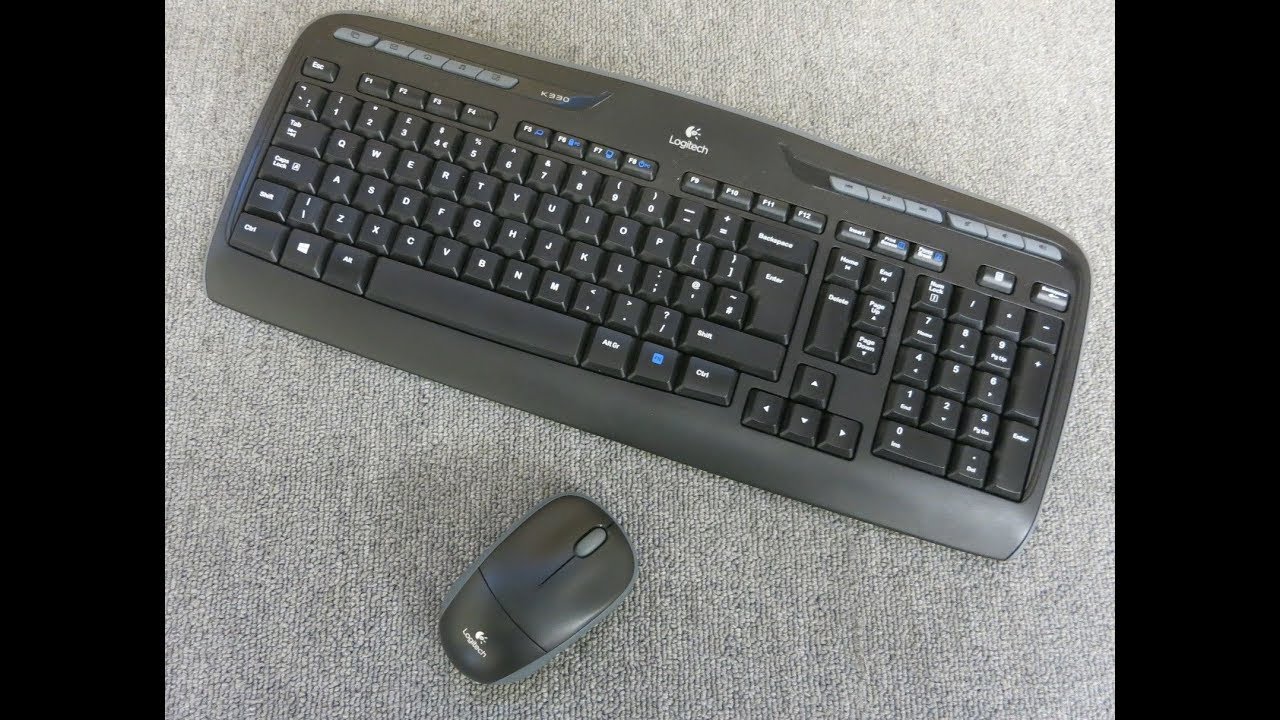The Kernel Security Check Failure error is one of the most dreaded occurrences for PC users. It can bring all operations to a halt and display a Blue Screen of Death (BSOD), leaving you frustrated and worried. But fear not! In this comprehensive guide, we will unravel the causes behind this error and provide you with actionable solutions to fix it. So let’s dive in!
Understanding the Kernel Security Check Failure Error
The Kernel Security Check Failure error belongs to the family of BSOD errors, which are fatal issues that can crash your PC and make it unrecoverable. This particular error occurs when there is an issue with the connection between the kernel and the PC’s operating system. This connection is crucial for the system to run smoothly, and any hindrance can lead to a crash with the Kernel Security Check Failure error.
Common Causes of the Kernel Security Check Failure Error
To effectively fix the Kernel Security Check Failure error, it’s important to understand its root causes. Some of the common factors that can trigger this error include:
RAM Errors and Memory Issues: Problems with your computer’s RAM or memory can lead to the Kernel Security Check Failure error.
Issues with Internal Storage or HDD: Faulty or corrupted storage devices can also trigger this error.
Hardware Faults: Problems with hardware components like your motherboard or graphics card can cause the Kernel Security Check Failure error.
Outdated/Corrupt Drivers: Drivers that are outdated or corrupted can lead to compatibility issues and result in the error.
System File/Registry Errors: Errors in system files or the Windows registry can cause the Kernel Security Check Failure error.
Corrupt Windows Update: Installing a corrupt or incomplete Windows update can trigger this error.
Malware/Virus Attack: Malicious software or viruses can interfere with the system’s operations and lead to the error.
Application-Service Interruption: Certain applications or services can conflict with the operating system and trigger the error.
Fixing the Kernel Security Check Failure Error: Step-by-Step Solutions
Now that we have a clear understanding of the causes behind the Kernel Security Check Failure error, let’s explore the step-by-step solutions to fix it.
Solution 1: Check for System Updates
Keeping your PC up to date is crucial for its performance and stability. In many cases, the Kernel Security Check Failure error occurs on PCs that have pending updates. To check for updates on Windows:
- Press the Windows key + I to open the System Settings.
- In the left pane, click on the “Windows Update” option.
- Click on the “Check for updates” button to initiate a search for available updates.
- If updates are found, click on “Download and install updates” to install them.
- Restart your PC to apply the changes.
Solution 2: Update Outdated Drivers
Outdated or corrupted drivers can often be the cause of the Kernel Security Check Failure error. To update your drivers:
- Press the Windows key + R to open the Run utility.
- Type “devmgmt.msc” and press Enter to open the Device Manager.
- In the Device Manager, find the driver you want to update.
- Right-click on the driver and select “Update driver” from the context menu.
- Follow the on-screen instructions to update the driver.
Alternatively, you can use a driver updater tool like Advanced Driver Updater to simplify the process and ensure all your drivers are up to date.
Solution 3: Use System File Checker
If updating the system and drivers didn’t resolve the error, there might be an issue with the system files. You can use the System File Checker (SFC) tool to scan and repair any corrupted system files:
- Press the Start button and search for “Command Prompt.”
- Right-click on “Command Prompt” and select “Run as administrator.”
- In the Command Prompt window, type “sfc /scannow” and press Enter.
- Wait for the scan to complete and let the tool repair any corrupted files.
- Restart your PC after the scan is finished.
Solution 4: Check the Hard Disk for Errors
A damaged or faulty hard disk can also trigger the Kernel Security Check Failure error. To check your hard disk for errors:
- Press the Start button and search for “Command Prompt.”
- Right-click on “Command Prompt” and select “Run as administrator.”
- In the Command Prompt, type “chkdsk /X” and press Enter.
- If prompted, schedule the disk check for the next system restart.
- Restart your PC to allow the disk check to run.
Solution 5: Uninstall/Disable the Triggering App
If you have identified a specific application or service that triggers the Kernel Security Check Failure error, consider uninstalling or disabling it:
- Press the Windows key + R to open the Run utility.
- Type “control appwiz.cpl” and press Enter to open the Program Manager.
- Find the application that is causing the error.
- Select the application and click the “Uninstall” button to remove it.
Solution 6: Check the System for Viruses/Malware
Malware or viruses can interfere with system operations and cause the Kernel Security Check Failure error. Use the built-in Windows Defender or a reliable antivirus software to scan your system and remove any threats.
Enabling the legacy boot menu can sometimes resolve the Kernel Security Check Failure error. Here’s how to do it:
- Connect a Windows Installation Media (USB or DVD) to your PC.
- Restart your PC and press any key to enter the boot menu when prompted.
- Select “Repair Your Computer” and open the Command Prompt.
- Run the command “C: BCDEDIT /SET {DEFAULT} BOOTMENUPOLICY LEGACY” in the Command Prompt.
- Restart your PC and let it boot into the already installed copy of Windows.
Solution 8: Reset/Reinstall Windows
If none of the above solutions worked, you can consider resetting or reinstalling Windows as a last resort. This will replace the system files and potentially fix any underlying issues.
Remember to backup your important files before proceeding with a reset or reinstallation.
Prevention Tips to Avoid Future Kernel Security Check Failure Errors
To prevent future occurrences of the Kernel Security Check Failure error, follow these tips:
- Keep your system and drivers updated regularly.
- Scan your PC for malware and viruses regularly.
- Use reliable antivirus software and keep it up to date.
- Be cautious when installing new applications and ensure they are from trusted sources.
- Regularly check your hard disk for errors and corruption.
- Avoid overclocking your system, as it can lead to instability.
- Make sure your hardware components are compatible with your operating system.
By following these preventive measures, you can minimize the chances of encountering the Kernel Security Check Failure error in the future.
Conclusion
In conclusion, the Kernel Security Check Failure error can be a frustrating and disruptive issue, but with the right solutions and preventive measures, you can overcome it and ensure the smooth functioning of your PC. Remember to stay vigilant and keep your system updated to avoid such errors in the future.







